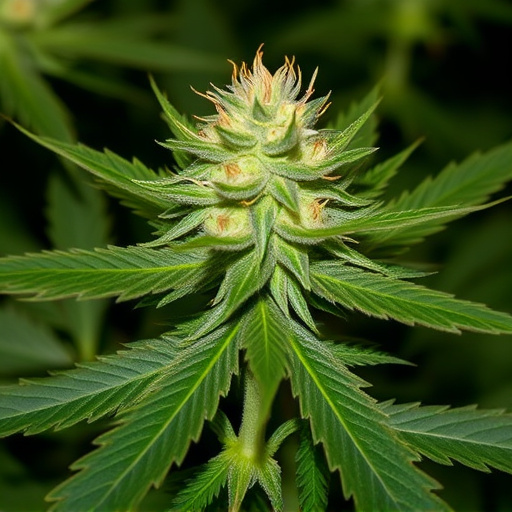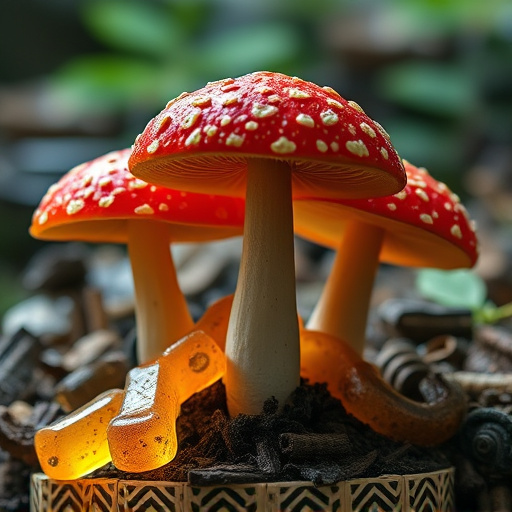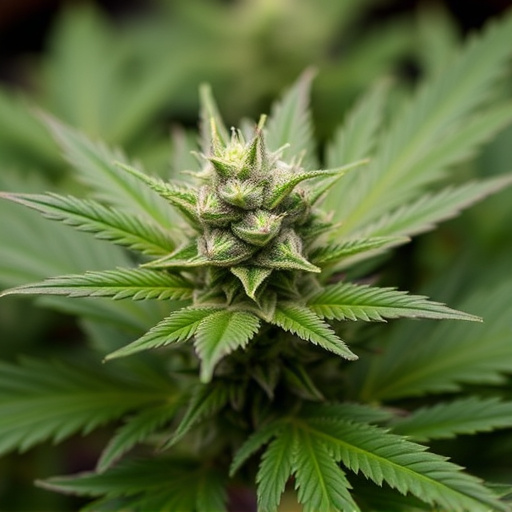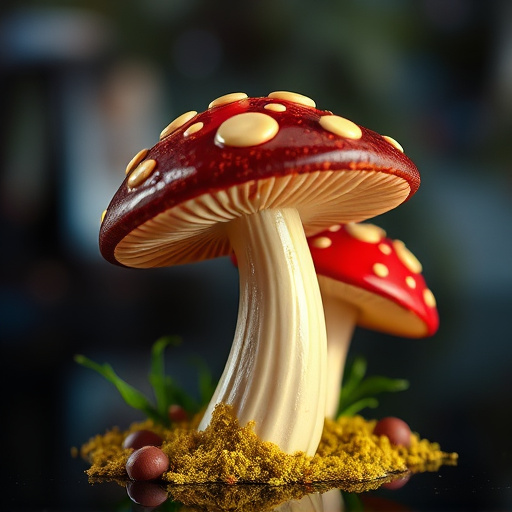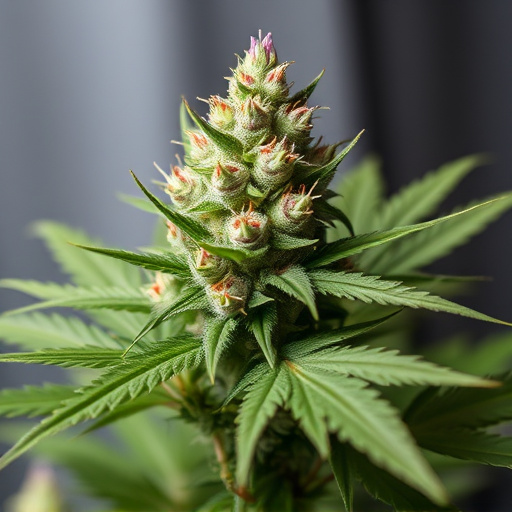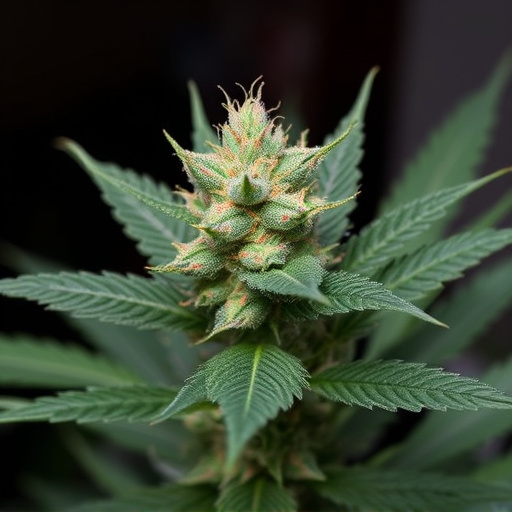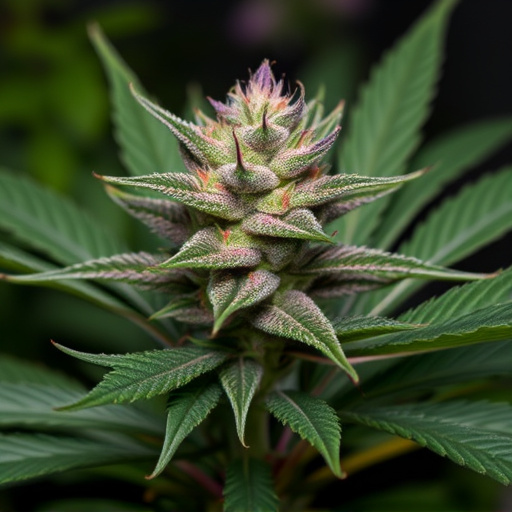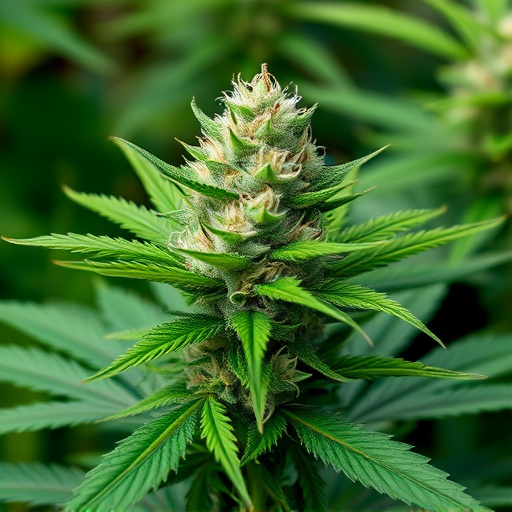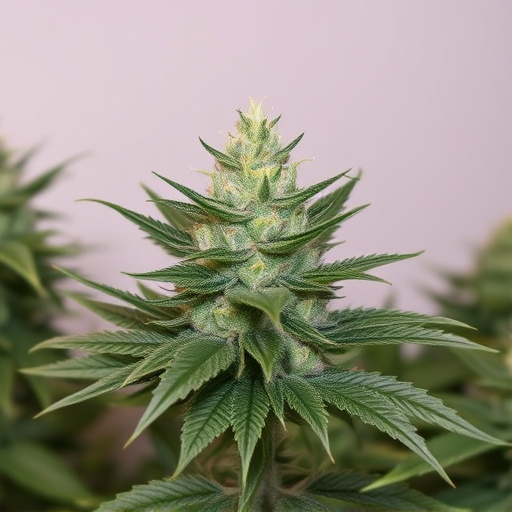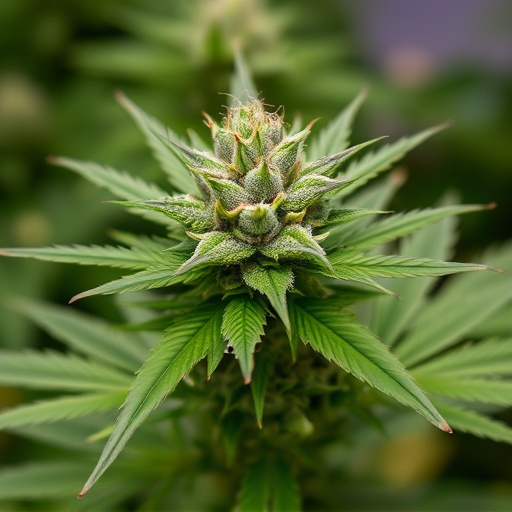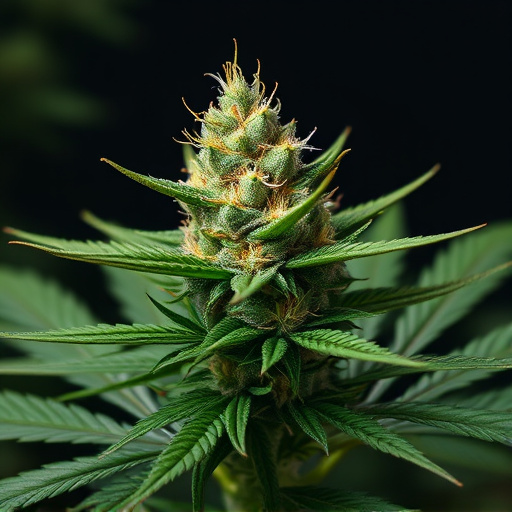Understanding cannabis compounds is key to maximizing its benefits. Cannabis produces over 100 cannabinoids, with THC and CBD being most known. These interact with our body's endocannabinoid system (ECS) regulating mood, memory, appetite and pain. Different strains, or best strains of cannabis, have varying cannabinoid levels, leading to distinct effects – Indica for relaxation, Sativa for energy, and hybrids offering a balance. Terpenes, aromatic compounds, also play a role by interacting with cannabinoids, influencing user experiences. Knowing terpene profiles helps select the best strains for personalized therapeutic benefits.
Discover how to harness the power of cannabis for maximum therapeutic effect. This guide breaks down the complex world of cannabis compounds, exploring the interplay of THC and CBD, the influence of terpenes, and the art of strain selection. We delve into the science behind different cannabis varieties, offering insights on sativa vs indica, hybrid strains, and top choices for specific needs. Additionally, learn about optimized consumption methods, from smoking and vaping to edibles and topical applications, ensuring you make informed decisions with our expert advice on the best strains of cannabis.
- Understanding Cannabis Compounds and Their Interactions
- – The role of THC and CBD in cannabis effects
- – Terpenes and their impact on the overall experience
Understanding Cannabis Compounds and Their Interactions
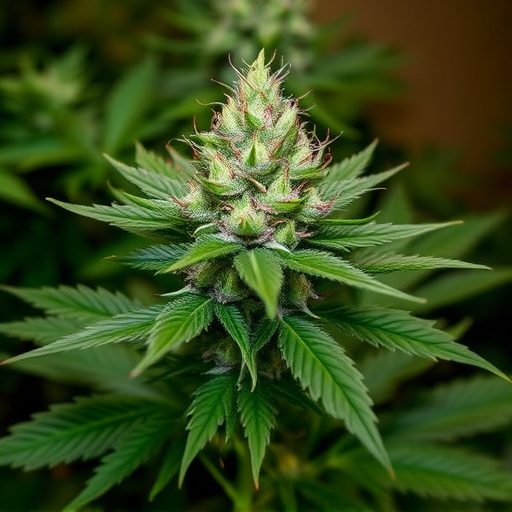
Understanding the complex world of cannabis compounds is key to maximizing its effects. Cannabis plants contain over 100 unique cannabinoids, with THC and CBD being the most well-known. These cannabinoids interact with our bodies’ endocannabinoid system (ECS), which regulates various physiological processes like mood, memory, appetite, and pain sensation. Different strains of cannabis—considered the best strains for specific needs—contain varying levels of these compounds, leading to diverse effects.
For instance, Indica strains are popular for their relaxing and sedative properties, making them ideal for evening use to promote sleep or reduce anxiety. Sativa strains, on the other hand, are known for their uplifting and energizing effects, often preferred during the day to boost creativity or alleviate fatigue. Balanced hybrids offer a middle ground, combining the benefits of both Indica and Sativa, appealing to a wide range of users looking for both relaxation and mental stimulation. Exploring these best strains of cannabis can help individuals tailor their experiences, ensuring they gain the most from this natural plant medicine.
– The role of THC and CBD in cannabis effects
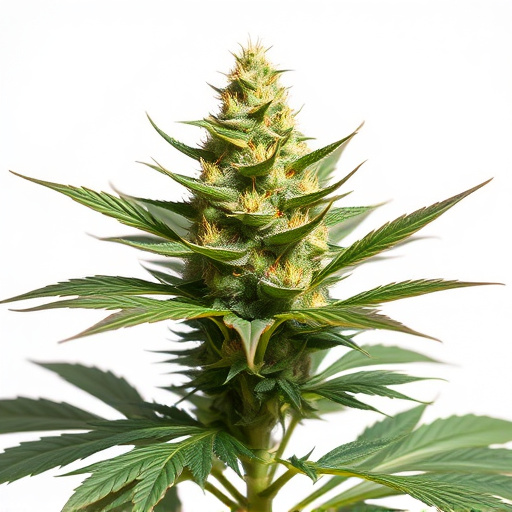
Cannabis produces a diverse range of effects, largely influenced by its primary compounds—tetrahydrocannabinol (THC) and cannabidiol (CBD). THC is renowned for its psychoactive properties, responsible for the ‘high’ associated with cannabis use. It interacts with the brain’s endocannabinoid system, particularly binding to CB1 receptors, which can lead to altered perception, increased appetite, and potential anxiety or paranoia in some users. On the other hand, CBD does not produce a similar intoxicating effect but offers a spectrum of therapeutic benefits. Known for its anti-inflammatory and analgesic properties, CBD interacts with different receptors in the body, modulating pain sensation and potentially reducing anxiety without the psychotropic effects of THC.
When considering the best strains of cannabis for maximizing desired effects, the balance between THC and CBD levels is key. High-THC strains can be ideal for managing pain, stimulating appetite, or inducing relaxation, but users should be mindful of their tolerance and potential side effects. In contrast, strains with higher CBD content are popular for their anxiolytic and anti-inflammatory properties without the mental alteration caused by THC. Some hybrid strains offer a balanced combination, providing both uplifting and calming effects, catering to a wide range of preferences and medicinal needs.
– Terpenes and their impact on the overall experience
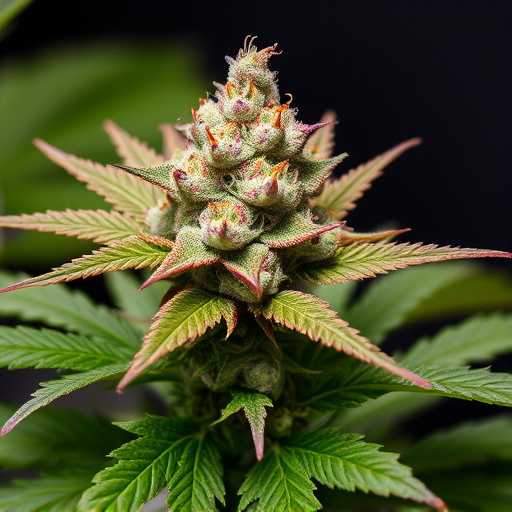
Terpenes, often referred to as the ‘aromas’ of cannabis, play a significant role in shaping the overall user experience. These aromatic compounds are produced by plants and interact with the cannabinoids in cannabis, influencing its psychological and physiological effects. Different terpenes offer unique experiences; for instance, myrcene is known for its relaxing and sedative properties, making it beneficial for evening use to promote sleep. On the other hand, limonene has a refreshing citrusy scent and is linked to mood elevation and increased focus.
When considering the best strains of cannabis, the terpene profile is an essential aspect. Certain strains are renowned for their high concentrations of specific terpenes, which can enhance or modify the effects of THC (the primary psychoactive compound). For example, strains with elevated levels of terpinolene may offer a more balanced and less anxiety-inducing experience compared to others. Understanding how different terpenes interact with your body can help users personalize their cannabis experience, maximizing its therapeutic benefits.
Maximizing the effects of cannabis involves understanding its complex chemistry. THC and CBD play pivotal roles, with THC inducing euphoria and relaxation, while CBD offers calming and anti-inflammatory benefits without the psychoactive high. Terpenes, aromatic compounds, further enhance the experience by influencing mood and cognitive functions. By selecting the best strains of cannabis and considering these interactions, users can tailor their experiences to specific desires, whether seeking relief or an elevated sensory journey.
